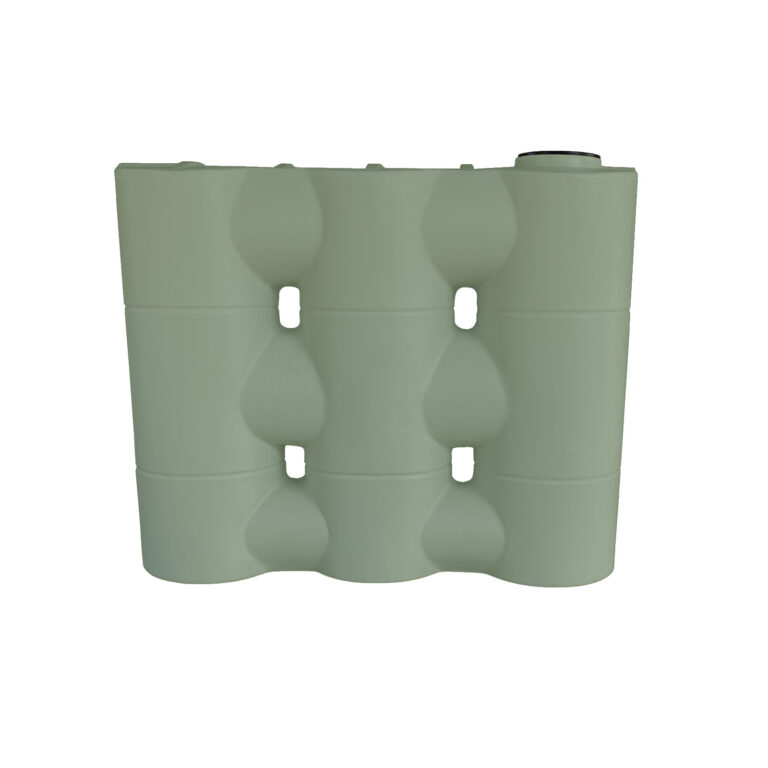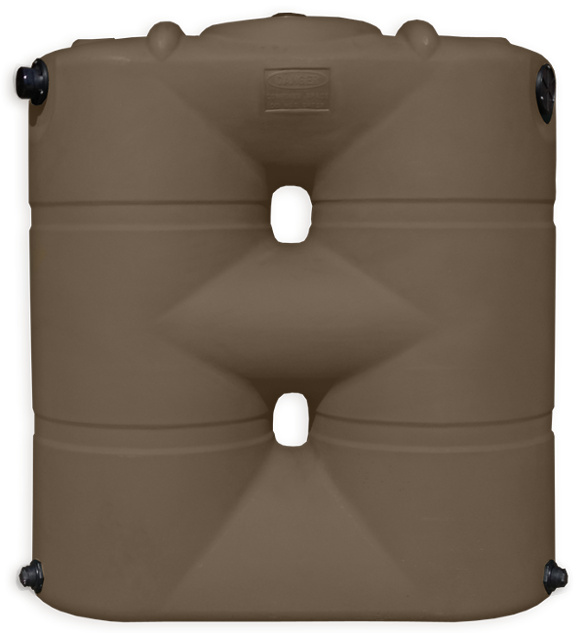Slimline Water Tanks: The Perfect Choice for Urban Water Storage
Wiki Article
Exploring the Different Usages of Rainwater Storage Tanks for Residential and Commercial Properties
As the international focus on sustainable living techniques continues to increase, the usage of rain tanks in both domestic and business setups has arised as an important remedy. These storage tanks supply a reservoir for rain harvesting, presenting a myriad of prospective applications that expand far beyond simple storage space. From irrigation to commode flushing and landscaping, the adaptability of rain tanks is large. Their integration into commercial residential properties opens up a world of opportunities for eco conscious companies. The diverse uses rain tanks provide an engaging situation for their adoption, not only as a useful water-saving step but also as a testament to responsible source monitoring.Benefits of Utilizing Rain Tanks
Making use of rain tanks offers many advantages for both households and neighborhoods in terms of water preservation and sustainability. One of the key advantages of using rain tanks is the substantial reduction in dependence on mains water supply - Slimline water tanks. By catching and storing rain for later use, people and communities can reduce their demand for cured water, eventually easing the problem on water treatment centers and decreasing energy intake connected with water transportation and treatment
In addition, rainwater collecting through containers provides a trustworthy alternative water source throughout times of water restrictions or lacks. This stored rainwater can be used for various non-potable functions such as watering, purging toilets, and cleaning garments, minimizing the pressure on conventional water resources. In addition, using rain tanks can result in set you back financial savings for both households and neighborhoods by decreasing water bills and decreasing the requirement for pricey infrastructure growths to satisfy expanding water needs.
In essence, the usage of rainwater storage tanks supplies a sustainable and ecologically pleasant approach to water administration, profiting both specific users and the wider area in terms of water conservation, cost-efficiency, and strength.
Rain Tank Usage in Irrigation
Given the benefits of rainwater storage tanks in saving water resources and minimizing dependence on keys supply of water, a considerable application hinges on making use of saved rain for watering purposes - Slimline water tanks. Rainwater gathering systems can successfully gather and save rain, giving a lasting water resource for watering gardens, lawns, and agricultural fields. By utilizing rainwater for watering, residential or commercial property owners can decrease their reliance on treated water sources, bring about set you back financial savings and ecological benefits
One of the key advantages of utilizing rain for irrigation is its purity. Rain is naturally soft and complimentary from the chemicals and ingredients typically located in mains water, making it suitable for beneficial plants without the risk of dangerous effects. Furthermore, rain goes to ambient temperature, which can benefit plant growth by staying clear of temperature level shocks that can occur with chilly keys water.
Rain Tanks for Toilet Flushing

Applying rain tanks for commode flushing is a cost-efficient and ecologically friendly technique that can be quickly integrated right into both household and business buildings. The kept rainwater can be utilized to flush commodes by connecting the container to the existing plumbing system. This straightforward yet efficient solution can dramatically reduce water intake in a building, specifically in areas where water shortage is a concern.

Incorporating Rain Storage Tanks in Landscaping
An effective strategy for enhancing sustainability in landscape design entails incorporating rainwater tanks to optimize water use and advertise green methods - Slimline water tanks. Integrating rainwater containers in landscape design provides various advantages for both household and industrial buildings. These storage tanks can catch and store rain overflow from roofs, which can after that be utilized for watering yards, yards, and plants. By utilizing rain for irrigation objectives, residential or commercial property proprietors can decrease their reliance on local water sources, bring about cost financial savings and preservation of precious water sources.In addition to giving a sustainable water source for landscape design needs, rain containers can also assist in managing stormwater runoff. By recording rain that would otherwise move into storm drains pipes, these containers can reduce disintegration, lower flooding risks, and stop air pollution of natural water bodies. Moreover, including rain tanks in landscape design can add to the total aesthetic charm of the building, showcasing a commitment to environmental stewardship.
Business Applications of Rain Containers
Using rainwater tanks in business setups provides a sustainable remedy for water administration and conservation, profiting organizations and the atmosphere alike. One essential commercial usage is for irrigation purposes, where collected rainwater can click to read be used to water landscape design, gardens, and farming areas surrounding business residential properties.Furthermore, rainwater storage tanks can be integrated right into the fire suppression systems of commercial structures. By having a devoted water resource for firefighting functions, businesses find more information can improve their fire precaution and potentially reduce insurance policy premiums. In addition, rain gathered in tanks can be treated and made use of for non-potable functions within business homes, such as flushing toilets, cleaning, and cooling down systems. This not only saves fresh water resources however also reduces operating expense for companies. On the whole, the consolidation of rain tanks in industrial setups presents a functional and environmentally accountable strategy to water management.
Conclusion
From irrigation to commode flushing and landscape design, the usage of rain storage tanks can help preserve water sources and minimize water expenses. Overall, the convenience and sustainability of rain storage tanks make them a valuable financial investment for any type of home owner looking to raise water performance.Report this wiki page